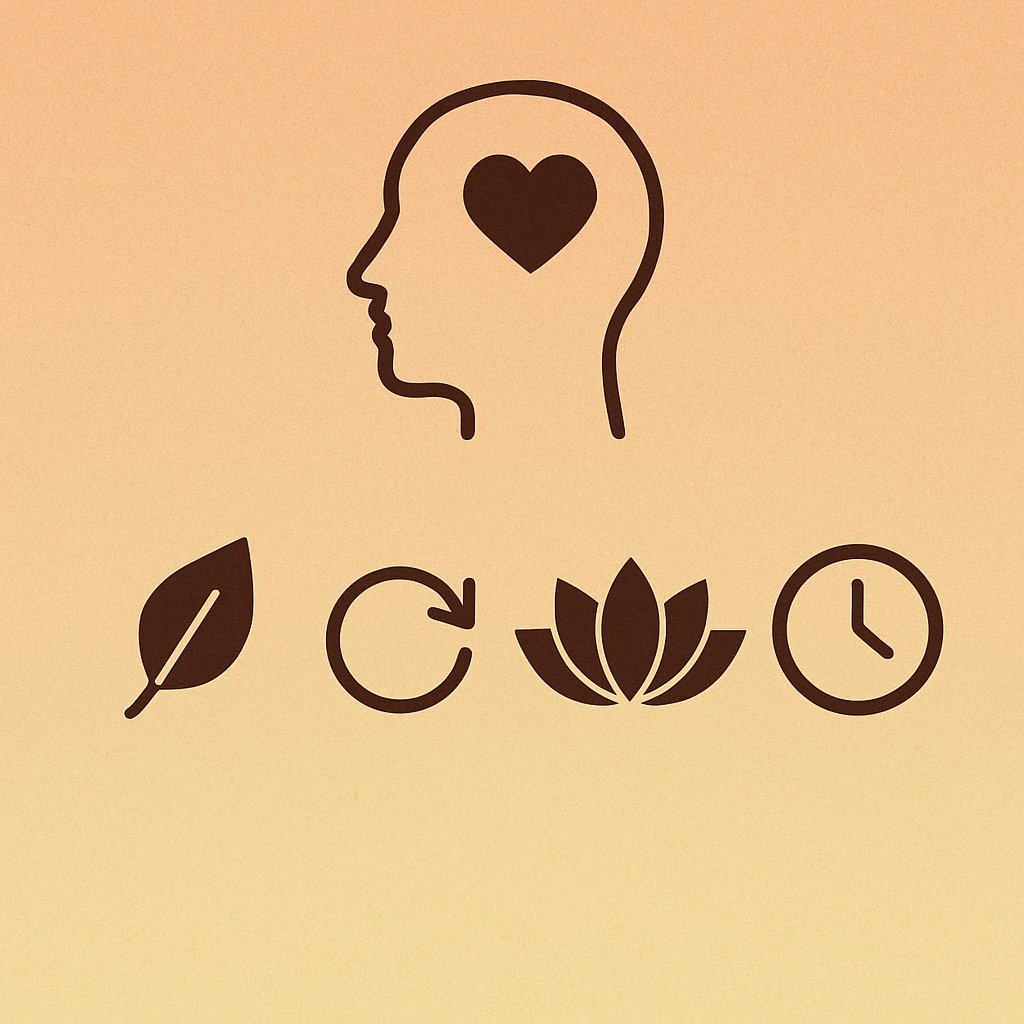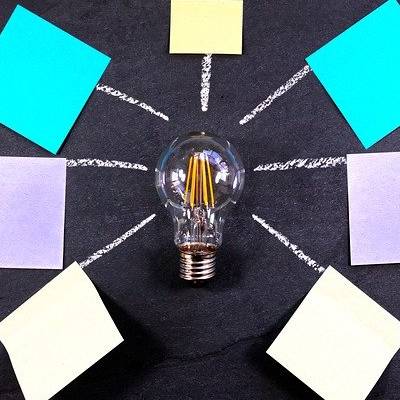From: Present Moment Practices
Why You Keep Missing the Most Important Moment
You check your phone for the tenth time in an hour. Your mind jumps from tomorrow’s meeting to last week’s argument, to the never-ending grocery list. Yet, amidst all this mental chaos, something vital is slipping through your fingers—this very moment.
The truth? Life doesn’t happen in the past or future. It unfolds right here, right now. But in a world wired for distraction, we’re often mentally absent, disconnected from ourselves, others, and reality. This absence is costly. It chips away at our peace, dampens relationships, increases anxiety, and subtly steals our vitality.
Yet, there’s a way back. Present Moment Practices are not about abandoning your ambitions or meditating on a mountaintop. They are about fully inhabiting your life as it is—breath by breath, moment by moment. These present moment practices can ground you, calm you, and help you truly live.
Let’s explore five powerful domains of present moment practices that can radically shift the way you experience life.
1. Mindful Awareness: Returning to the Here and Now
Mindful awareness is the core of present moment practices. It’s the simple, yet profound practice of paying attention—deliberately, without judgment.
Instead of being lost in autopilot mode, you become the observer of your thoughts, emotions, and sensations.
Key Practices:
- Three-Breath Pause: When overwhelmed or reactive, pause. Take three slow breaths, feeling the air enter and exit your body.
- Body Scan: Lie or sit down. Start from your toes and move upward, gently observing each body part.
- Name It to Tame It: Label what you’re experiencing—“tension,” “boredom,” “joy.” Naming reduces emotional intensity.
Why It Works:
Research from Harvard and Stanford suggests that just 10 minutes of mindfulness daily can reduce stress hormones, sharpen focus, and enhance memory.
“Awareness is the greatest agent for change.” — Eckhart Tolle
Use This Now:
Right now, pause. Feel your feet touching the floor. Sense your breath. Notice any sounds around you. You’ve just returned home—to the now. This is the essence of present moment practices.
2. Mindful Eating: Transforming Your Relationship with Food
In today’s rushed life, eating is often mechanical. We eat while watching TV, scrolling our phones, or working. The result? Overeating, bloating, guilt, and a numb relationship with food.
Mindful eating invites us to rediscover the joy and sacredness of nourishment through present moment practices at the dining table.
Simple Techniques:
- Take 3 deep breaths before your first bite.
- Look at your food. Notice its colors, textures, and aromas.
- Chew slowly. Place utensils down between bites.
Emotional and Physical Benefits:
- Reduces binge eating and emotional cravings
- Enhances digestion and satisfaction
- Cultivates gratitude for your body and its needs
Try This:
At your next meal, eat in silence for five minutes. Focus only on eating. No phone, no distractions. Notice how the food feels, tastes, and how your body responds.
Remember, this isn’t about food rules or perfection. It’s about present moment practices for mindful nourishment.
3. Observation Without Judgment: The Inner Weather Report
Emotions can feel like storms—intense, overwhelming, and consuming. But what if you could observe them like weather passing through, rather than getting drenched?
Observation without judgment is about becoming a compassionate witness to your inner world using present moment practices.
Practice: The RAIN Method
- Recognize what’s happening (e.g., “I feel anxious”)
- Allow the experience to be there
- Investigate with curiosity and kindness
- Nurture yourself with compassion
Why It Matters:
This approach helps deactivate the amygdala (the brain’s fear center), making you less reactive and more resilient under pressure.
Real-Life Use:
When someone upsets you, pause. Silently name the feeling. Breathe. Let the emotion be, without judgment. This brief pause can prevent hours—or even days—of stress or regret.
Emotions are like visitors. You don’t have to serve them tea. Just notice them, and let them pass.
Present moment practices like this build emotional intelligence over time.
4. Habits & Daily Rituals: Infusing Your Day with Presence
Big changes happen through small, consistent rituals. By embedding present moment practices into your daily life, you shift from reaction to intention.
Morning Presence Rituals:
- Wake Without Your Phone: Give yourself 5 minutes before diving into screens.
- 5-Minute Journaling: Write down 3 emotions or thoughts you’re feeling.
- Stretch or Salute the Sun: Connect with your body first thing.
Midday Mindfulness:
- Mindful Pomodoro: After every 25-minute work sprint, take a 5-minute break to breathe, stretch, or look out the window.
- Presence Tea Break: Sip your beverage slowly, feeling its warmth and aroma.
Evening Wind-Down:
- Reflect: Name one moment from the day when you felt truly alive.
- Deep Breathing: Two minutes of deep belly breathing before bed can lower your heart rate and ease you into sleep.
Bonus: Habit Stacking
Link present moment practices to existing habits. Examples:
- While brushing your teeth → Repeat a grounding affirmation.
- During your commute → Focus on your breath instead of your phone.
“The rhythm of life is found in the pauses.” — Mark Nepo
5. Digital Mindfulness: Detoxing the Scroll
Our screens steal our attention, scatter our thoughts, and shorten our patience. The average person checks their phone 96 times a day.
Practicing digital mindfulness as part of your present moment practices helps you reclaim time, focus, and emotional clarity.
Tips for a Digital Reset:
- Turn off non-essential notifications
- Choose screen-free meals
- Avoid screens 1 hour before bed
- Set boundaries: Try a “Digital Sabbath” each week
Tools to Help:
- Forest App: Encourages focused work by growing a digital tree when you stay off your phone
- Freedom: Blocks distracting apps/websites during work hours
- Greyscale Mode: Make your phone less addictive by removing color stimulation
Insight:
One study showed that cutting screen time by just 1 hour a day can lead to better mood, deeper sleep, and improved focus.
Try This:
Track your phone pickups for a day. Every time you reach for it, pause and ask: “What am I feeling right now?” Over time, you’ll uncover patterns—boredom, anxiety, avoidance—and learn to respond instead of react.
Incorporating digital boundaries is one of the most impactful present moment practices you can adopt.
Final Thoughts: The Power of Now
Living in the present moment isn’t about escaping responsibilities. It’s about showing up more fully—for your family, your dreams, your well-being.
Each moment is a choice: to be present or distracted. To live deliberately or on autopilot. You don’t need to be perfect. You just need to begin.
Start small. Breathe. Pause. Feel your feet. Take back your now. Choose present moment practices as a lifestyle.
“Realize deeply that the present moment is all you ever have.” — Eckhart Tolle
Live well. Live now. Live with present moment practices.






